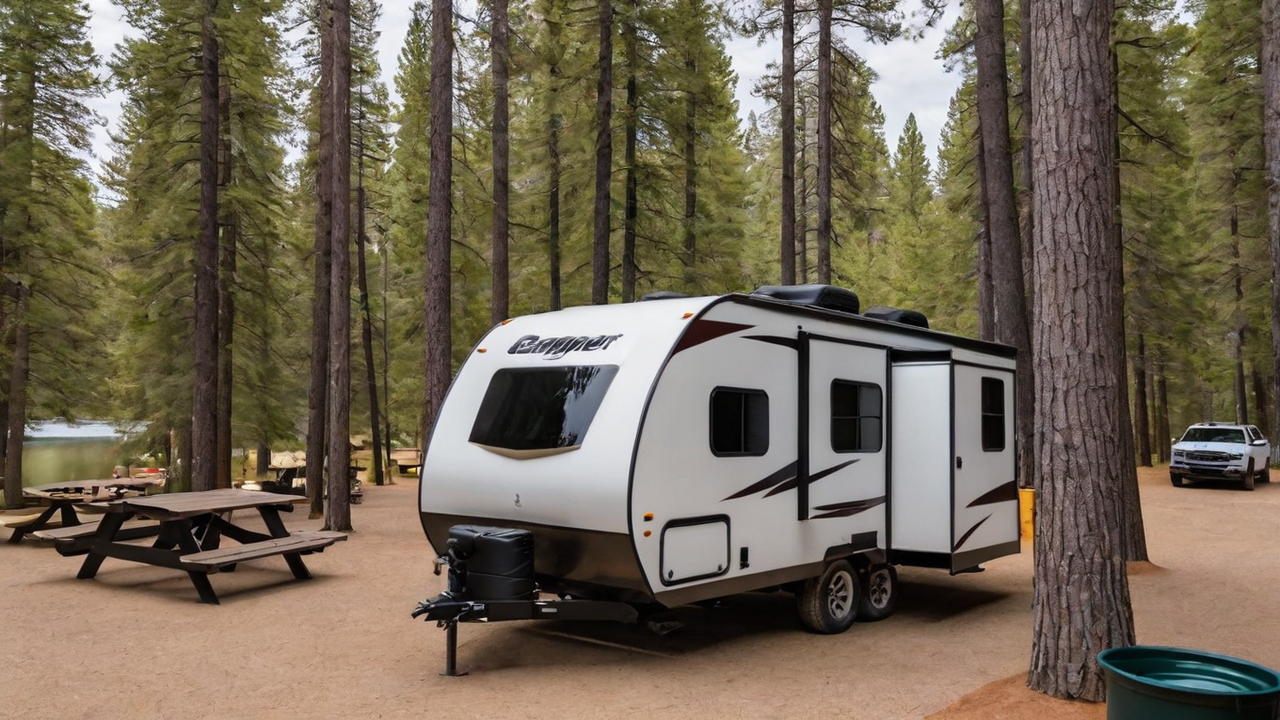Crafting an Ultimate User Experience: Design Principles for Camping Software
Crafting an Ultimate User Experience: Design Principles for Camping Software
Blog Article

Grasping Your Audience
Identifying who your target users are crucial in crafting an effective user's experience. It is crucial to consider their requirements, preferences, and technology competence. Such understanding leads every designing choice, guaranteeing that your program becomes accessible and easy to use.
Knowing the users likewise implies recognizing the difficulties and how they plan to use the camping software. It allows the designers to customize features and functionalities that meet specific requirements, therefore making your software not only useful but also essential.
Streamlining the Navigation System
Simplifying the navigation system can be one key component of interface design. A clear menu system ensures visitors can readily find what they're looking for, cutting down frustration and improving user satisfaction. It's about making the journey through the app as seamless as possible.
Moreover, a well-designed navigation leads visitors through your software, highlighting functions and tools that they might otherwise overlook. Such an strategy not only boosts usability but also promotes deeper engagement with your campground software's full range of features.
Incorporating Premium Graphics
Visuals have an important part in designing an appealing UI. They aid in breaking up text and can convey functions more clearly than description alone. Choosing the correct visuals, symbols, and colors can improve the overall appearance of your software, making it more appealing to your users.
Additionally, visual consistency is crucial for creating a strong brand identity and trustworthiness amongst your users. Every component ought to be in alignment with your brand’s values and the overall mission of your application, resulting in a seamless experience that is both polished and inviting.
Improving Responsiveness
In today's online world, users expect camping programs to be fully responsive on all devices, from desktops to mobile phones. An responsive design ensures that no matter of what screen size, your software delivers an uncompromised user experience. This not only improves usability but also caters directly to your audience's mobile lifestyle.
Additionally, enhancing the responsiveness can also lead in better speed, decreasing the loading time and avoiding frustration. Visitors appreciate a speedy and efficient experience when using campground applications, making speed an component in user satisfaction.
Enhancing the Search
Searching for information swiftly is key in any kind of application, especially in campground software systems. Optimizing the search feature allows visitors to easily locate exactly what they're looking for, which boosts their experience and productivity. Through smart search capabilities, you can decrease user frustration and boost general satisfaction.
Furthermore, advanced search options such as filtering options and tagging can help in narrowing down results, making the process more effective. Introducing these functionalities shows an understanding of the users' needs and a commitment to making their interaction with your campground system as seamless and effective as possible.
Focusing on User Security
Protecting user information is always non-negotiable when coming to developing campground software. Users want to feel safe when entering their personal data. Guaranteeing tight security protocols not only secures the data but also builds a sense of trust between your customer and the brand.
In addition to standard protections like passwords and encryption, it's important to consider integrating additional security measures such as two-factor authentication or biometric logins. These features provide additional layers of security, ensuring that customer data is kept secure from unauthorized access.
Utilizing User Feedback
Listening to feedback is vital for the continual enhancement of any campground software. It allows the developers to understand what is working, what doesn’t, and how their software can be enhanced to meet the user’s needs. Actively seeking this feedback establishes a sense of community between your customers and the development team, making them feel like they are actively part of your product's journey.
Using feedback wisely can result in significant enhancements in UI design and overall UX. Making changes based on actual feedback proves that your company cares about its customers and is dedicated to providing a high-quality product.
Keeping the Simplicity
In the realm of design, simplicity is golden. An unnecessarily complex UI can confuse users, leading in a unpleasant user experience. Keeping things simple, on the other hand, helps your software more intuitive and user-friendly. It promotes more engagement and satisfaction levels.
Furthermore, keeping the simplicity should also apply to your software’s content and functionality. Avoiding unneeded features that don’t add value can ensure that the UI remains sleek and focused on read more the essential requirements of the end-users. By, you create a more streamlined and effective user experience that resonates with the audience.
Report this page